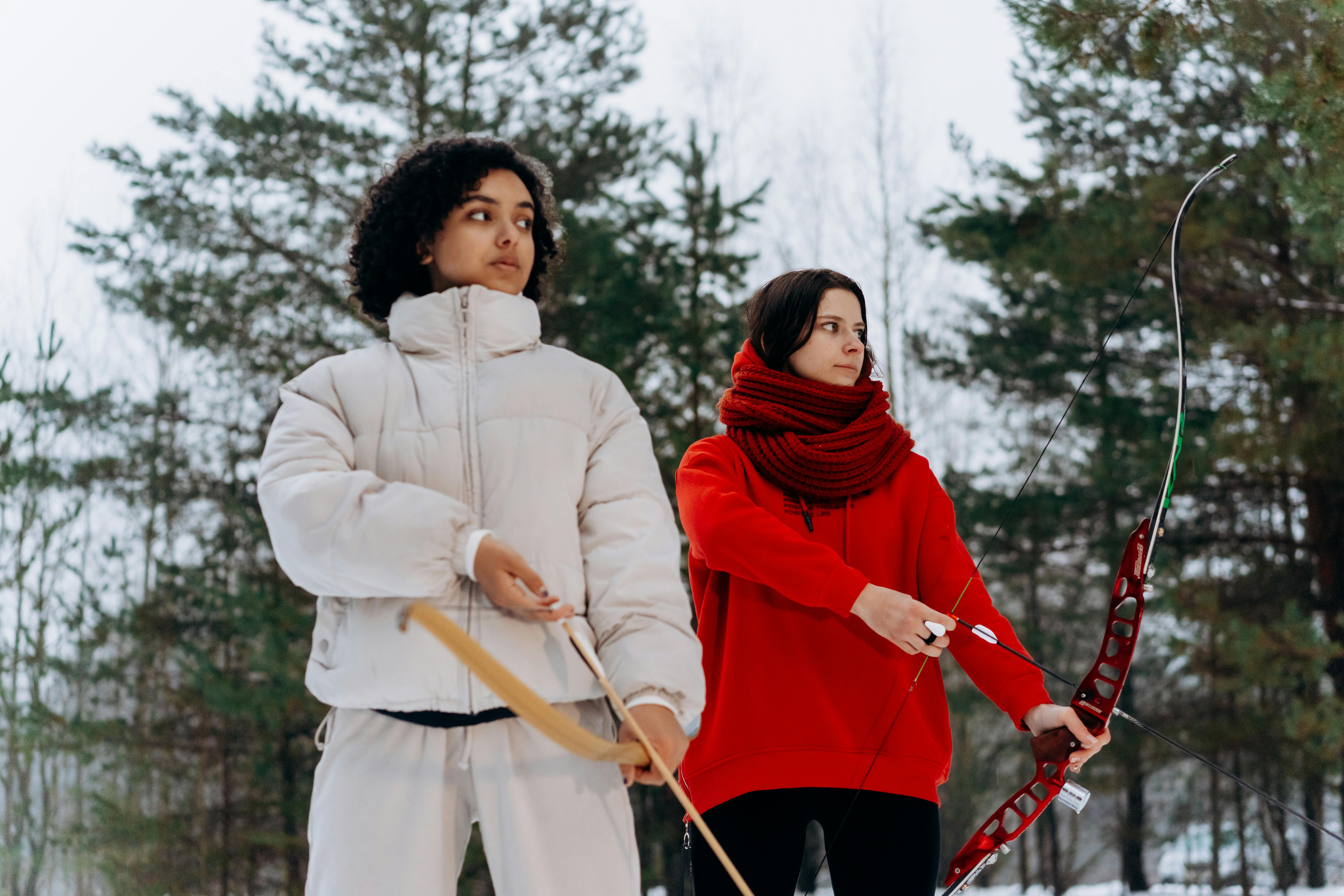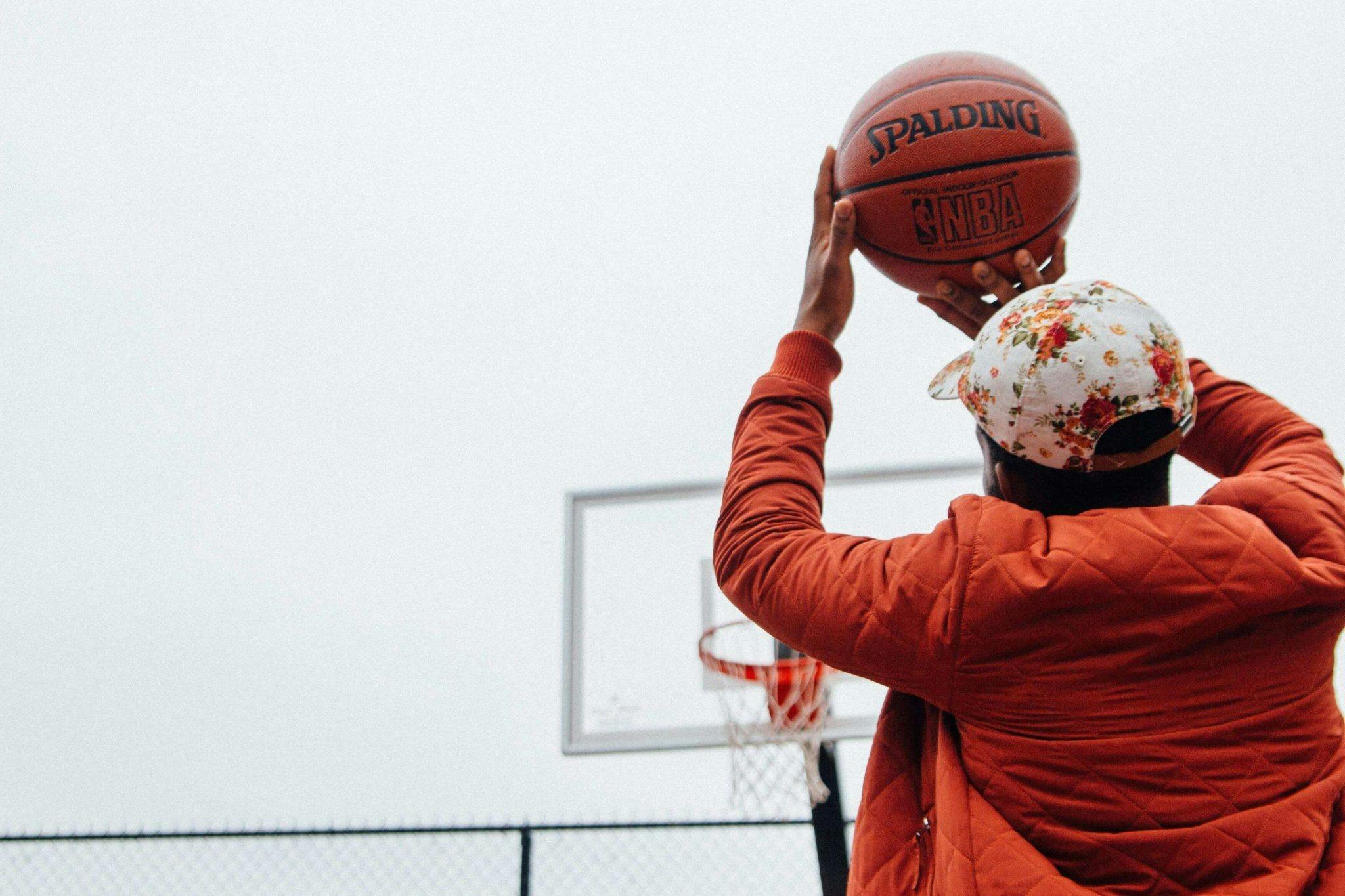Horses were an integral part of life in ancient Greece; they played an active role in the warfare, transportation, and games that were such an important and regular feature of Greek society. The Athenian enthusiasm for the horse is expressed in numerous ways in the Agora. Here the Athenian cavalry trained, not far from the hipparcheion, headquarters of their commanding officers. Here, too, some of the popular equestrian events of the Panathenaic games were held, and the Panathenaic procession, with its large contingent of cavalrymen, passed through on its way to the Acropolis. Many civic buildings and temples were adorned with paintings and sculptures of horsemen and battle scenes showing cavalry. Statues of honor of generals or statesmen on horseback and commemorative monuments of victories in the equestrian events of the games were erected in the Agora, and vases and small objects decorated with images of horses in all ages were sold in the market square. As with many other aspects of Athenian life, the Agora is an excellent place to develop and illustrate an image of horses and horsemanship in ancient times.
The horse is a relative newcomer to Greece, probably introduced in the early Middle Bronze Age, around 2000 BC. C. The first impression made by horseback riders must have been vivid, perhaps giving rise to the legend of centaurs. These half-man, half-horse creatures figure prominently in both Greek mythology and art. Theseus, the national hero of Athens, participated in a great battle between Greeks and centaurs that became a favorite subject for Athenian artists in both painting and vase sculpture. Theseus also managed to repel the Amazons, fierce warriors who used to fight on horseback. They are believed to have come from the steppes north of the Black Sea, where the horse is now believed to have been first domesticated, in the years around 4000 BC. Like centaurs, Amazons were a popular and recurring theme in Greek art during the archaic and classical periods.
Other mythical beasts also had equine affinities. The most famous, of course, was the winged horse Pegasus, which came from Corinth but was also popular with Athenian artists. Another flying equine was the hippalektryon, a cross between a horse and a rooster.
Two deities with a special interest in Athens, Athena and her uncle Poseidon, served together as protectors of horses and patrons of horsemanship and equestrian activities. As such, they shared a cult at Kolonos Hippios (Horse Hill), which lay outside the city walls, not far from the Academy. An altar of Poseidon Hippios and Athena Hippia stood here. The patron god of horses and earthquakes, Poseidon was the brother of Zeus and god of the sea. He was worshiped in this latter aspect at the southern tip of Attica, at Cape Sounion, where he had a beautiful marble temple of the Doric order. In Athens itself, he shared a temple on the Acropolis with Athena, and was depicted on the west pediment of the Parthenon. According to some traditions, he was also the father of Theseus. His equine interests are the subject of a chorus in Aristophanes’ play The Knights: Fearsome Poseidon, king of horsemen, you who love the brazen clash and neighborhood of warrior steeds. Delighted to see where the purple-billed trireme glides into the long swing of oars… but especially where the bright young men racing in their chariots pass.
Athena, patron goddess of all of Athens, is credited with the invention of the bridle and the use of chariots:
She also revealed races of war chariots and horses and in this land before all men the adopted son of the goddess [Erichthonios] he harnessed a fully equipped chariot with the help of the goddess and revealed to all the complete art of horsemanship. (Aristeides, Panathenaikos 43)
Remains of royal horses have been found in a rich Late Bronze Age tholos tomb in Attica, at Marathon; here two animals were carefully buried facing each other in the entrance hall (dromos) in the years around 1400 BC.
The Homeric epics, which reflect this heroic age, especially the Iliad, are full of horses and horsemanship. Horses are used to pull the war chariots that carry heroes to the battlefield, and there are several passages describing harnesses and yokes.



